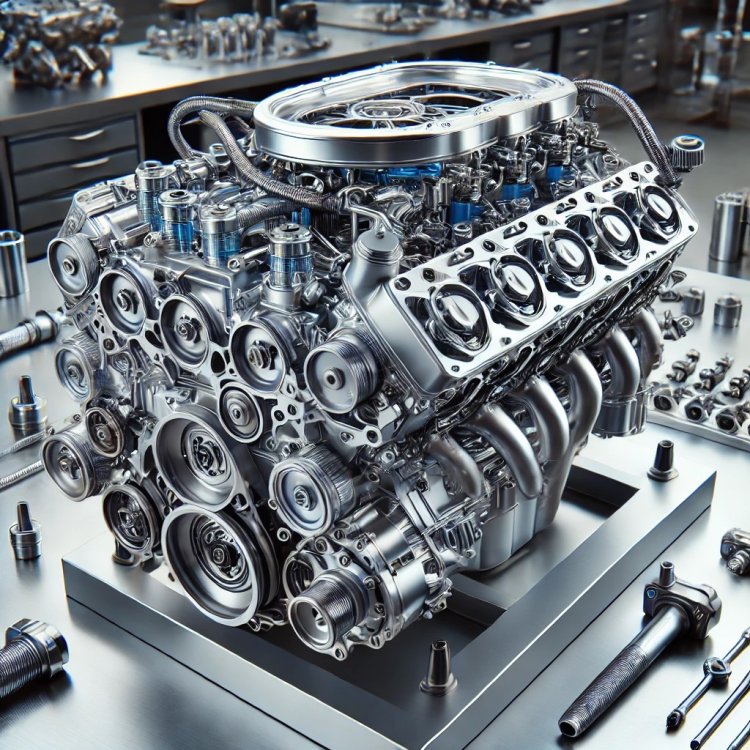Honda Pilot Engine: Power, Reliability, and Performance Explained
Share this Post to earn Money ( Upto ₹100 per 1000 Views )

The Honda Pilot engine has long been known for combining durability with impressive performance, making the SUV a top choice for families, adventurers, and daily commuters alike. Whether you're exploring used models, considering an engine replacement, or just learning more about what drives the Pilot, this article gives you a complete overview of everything you need to know about the Honda Pilot engine.
Overview of the Honda Pilot Engine
Since its debut in 2003, the Honda Pilot has consistently come with powerful V6 engines designed for efficiency and reliability. Across its generations, here’s how the engine options have evolved:
-
1st Generation (2003–2008): Featured a 3.5L SOHC V6 engine with VTEC technology, producing around 240–255 hp.
-
2nd Generation (2009–2015): Came with an improved 3.5L V6 with Variable Cylinder Management (VCM), delivering up to 250 hp.
-
3rd Generation (2016–2022): Upgraded to a direct-injected 3.5L V6, outputting 280 hp and paired with 6-speed or 9-speed automatic transmissions.
-
4th Generation (2023–present): Continues with the refined 3.5L V6 engine, now producing 285 hp and paired with a 10-speed automatic transmission.
Performance and Efficiency
The Honda Pilot engine strikes a balance between power and fuel efficiency. The 3.5L V6 provides strong acceleration, smooth highway cruising, and the ability to tow up to 5,000 lbs when properly equipped. Fuel economy varies by drivetrain and model year but generally falls between 19–27 MPG, which is respectable for a midsize SUV.
Common Honda Pilot Engine Issues
Although Honda engines are known for reliability, a few issues have surfaced over the years:
-
Oil consumption: Some models with VCM technology have been reported to consume more oil than expected.
-
Timing belt wear: It’s crucial to replace the timing belt around 100,000 miles to avoid engine failure.
-
Misfires: Often due to faulty spark plugs or ignition coils, especially in high-mileage engines.
Routine maintenance and timely inspections can prevent these issues and keep your Honda Pilot engine running smoothly for over 200,000 miles.
Engine Replacement and Cost
If you're considering a Honda Pilot engine replacement, here are typical costs:
-
Used engine: $2,000–$3,000
-
Rebuilt engine: $3,000–$4,500
-
New engine: $4,500–$6,000+
-
Labor: $1,000–$1,500 (depending on the shop and region)
Choosing between a rebuilt and used engine depends on mileage, warranty, and condition. Rebuilt engines often offer a better warranty and longevity.
Tips for Maintaining a Honda Pilot Engine
To maximize the lifespan and performance of your engine:
-
Use quality motor oil and change it every 5,000–7,500 miles.
-
Replace air filters and spark plugs at scheduled intervals.
-
Keep an eye on the cooling system—check coolant levels and radiator condition.
-
Avoid aggressive driving and overheating, especially during towing or in extreme weather.
Conclusion
The Honda Pilot engine is a dependable powerhouse that delivers strong performance, excellent reliability, and long-term value. With proper maintenance and timely repairs, this engine can easily surpass 200,000 miles—making the Pilot a trusted vehicle for years to come. Whether you’re buying a used model, considering a replacement, or upgrading components, the Honda Pilot’s engine remains one of its strongest assets.
















